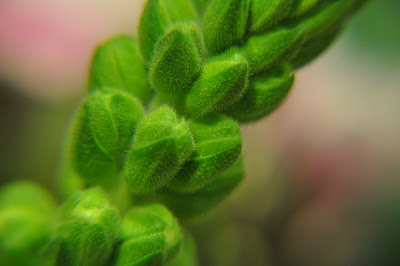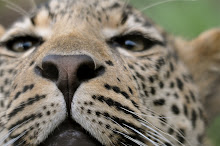I have just had a comment on a previous post asking what gear I use for macro photography, so I thought it would be a good idea to share that here with a couple of recent pictures I have taken.
Remember, I am not a pro and all that I have learned is from trial and error.
The Kit I Use - I think this is essential kit for better shots
1. Nikon D90
2. Nikon 18-105mm vr kit lens
3. Screw on macro lens kit - +1, +2, +4, +10
4. Manfrotto 190cx3 Tripod and 804rc2 head
5. Nikon ML-L3 remote
6. Nikon SB-600 Flash
7. Large white artist canvas
8. Spot Light
Why I use it:
9. The d90 and 18-105mm - Have you used one - need I say more???? A great camera and excellent lens. Get one now!!!!
10. The screw on lenses are great for getting up close and personal with your subject. It shortens the focal length and magnifies the subject. Allows some interesting pictures and they can be used in different combination's to get differently framed shots.
11. The screw on lenses mess up the auto focus and also make the focus area tiny. Shooting handheld is very difficult, unless you are as stable as a statue. You need a tripod and a decent one at that. One that is easily adjustable in all directions. You need to get up close to the subject and can mean weird angles.
12. With the margin for error being so small, the act of pressing the shutter release, can mess up your shot. So a remote is essential. Set the shot up, get the focus right, press the remote button and viola!!!
13. Now, the lenses also make the kit lens slower and cut out a lot of the light. I must admit I do not use this too much for my macro. When attached to the flash shoe on the camera, it will probably sit too high to be of use when you are really close up. The built in flash is not great. I have not yet worked out how to use it off camera and that is where it will come into it's own.
14. Unless you have a lightbox or mini studio - it is on my wishlist - your backgrounds are going to be either dark, or messy. Using an artists canvas allows a nice, clean, white background and has the added benefit of reflecting more light onto your subject.
15. If you can get your flash gun to work off camera, you have a mini studio then no need for the spot light. If not, then an adjustable spotlight is needed. This will focus plenty of light onto your subject allowing you to get some great detail.
Well that is it for now, here are some recent shots I have taken.


























